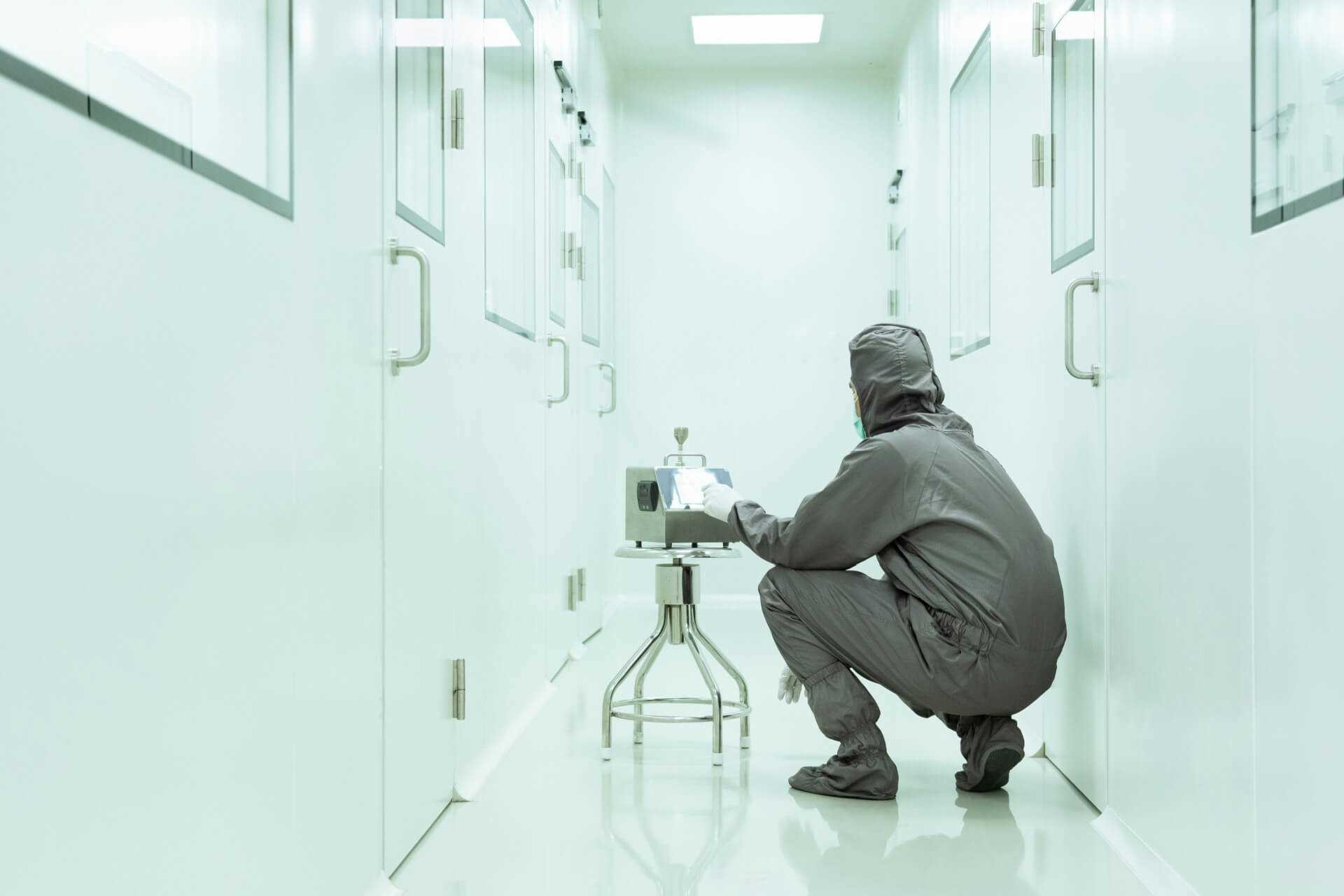
Cleanroom Commissioning vs. Recommissioning: What’s the Difference?
Cleanrooms are complex environments that demand precision—not only in daily operation but in how they’re prepared and maintained over time. When a cleanroom is first built or significantly modified, it undergoes commissioning. Later, after changes, repairs, or periods of inactivity, it may require recommissioning. Though these processes sound similar, their objectives and procedures are distinct.
Understanding the difference between commissioning and recommissioning is key to maintaining regulatory compliance and cleanroom performance. At Vibraclean, we support both with specialized contamination control strategies tailored to each stage of the cleanroom lifecycle.
Commissioning: Establishing a Baseline
Commissioning is the initial qualification process performed when a new cleanroom is built or a major system—like HVAC or HEPA filtration—is installed. Its purpose is to demonstrate that the cleanroom has been designed and constructed to meet specified performance requirements.
Commissioning typically includes:
• Qualification of equipment and systems (IQ/OQ/PQ)
• Airflow and pressure mapping
• Cleanliness classification testing (ISO 14644-1)
• Filter integrity testing
• Establishment of standard operating procedures (SOPs)
Vibraclean plays a critical role during this phase by delivering a full decontamination service prior to the start of environmental monitoring and validation. This ensures the space meets microbial and particulate standards before operations begin. Our team also supports documentation efforts by providing cleaning logs and validation-ready reports.
Recommissioning: Restoring Performance
Recommissioning is the requalification of a cleanroom that has already been in use but may have undergone:
• Renovations or layout changes
• Equipment upgrades
• HVAC system updates
• Prolonged shutdowns or contamination events
Unlike commissioning, recommissioning focuses on restoring or verifying performance rather than establishing it for the first time. It ensures that the cleanroom still meets its original classification and that all systems function as intended after the change.
Vibraclean supports recommissioning by:
• Performing a comprehensive deep clean and decontamination
• Aligning cleaning efforts with updated layouts and airflows
• Re-establishing cleanliness baselines before revalidation
• Assisting with environmental monitoring readiness
Because recommissioning often follows physical or operational changes, it may require a more adaptive cleaning approach. Vibraclean customizes protocols to address newly introduced surfaces, fixtures, or risk points—ensuring no detail is missed.
When Are These Processes Required?
Commissioning is a one-time process unless the facility undergoes major reconstruction. Recommissioning, however, may occur periodically depending on operational changes or maintenance events. Regulatory guidance and internal SOPs typically dictate when recommissioning is triggered.
For example, if a facility replaces a major HVAC component or moves equipment that affects airflow, recommissioning may be needed to confirm that these changes haven’t compromised environmental control. Similarly, if a cleanroom has been idle for an extended period, recommissioning is necessary to ensure sterility before resuming production.
The Vibraclean Advantage
Whether your facility is preparing for first-time use or returning to operation after a retrofit, Vibraclean ensures the environment is clean, validated, and compliant. We understand the unique requirements of both commissioning and recommissioning, and we tailor our services to support cleanroom performance at every stage.
Our work aligns with ISO 14644 standards and GMP expectations, ensuring a seamless transition from cleaning to validation. With experienced technicians and documented processes, we help pharmaceutical and biotech clients maintain a state of control no matter the circumstance.
